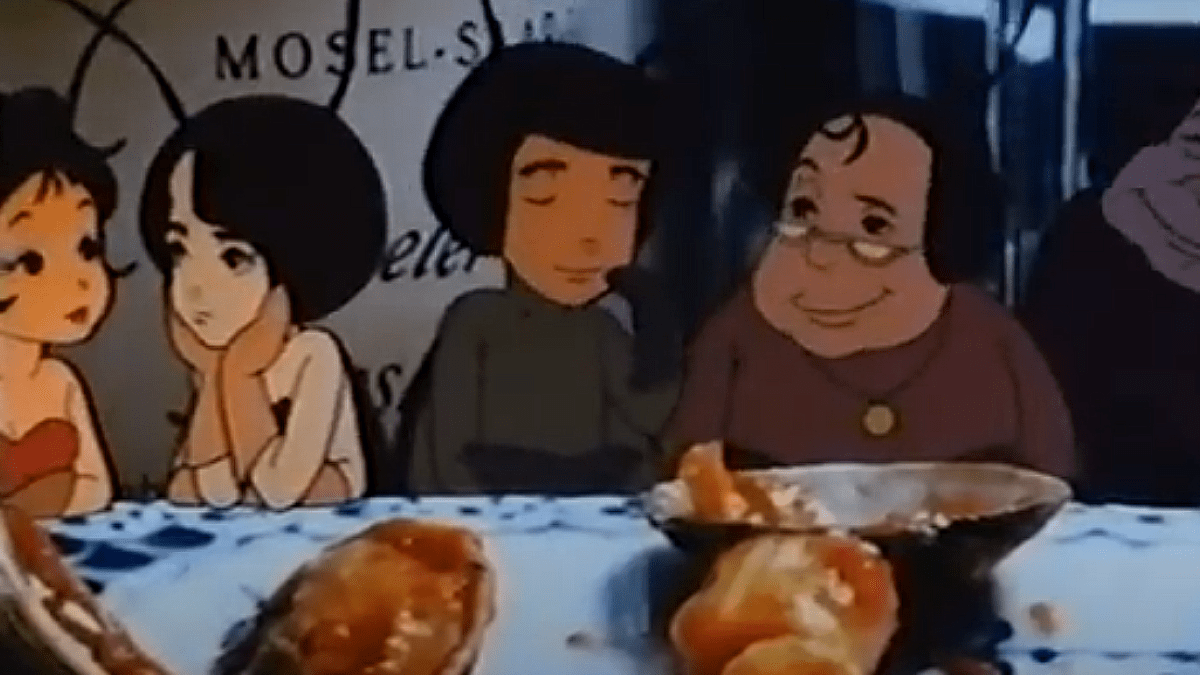Who Framed Roger Rabbit turns 35 today, marking a rather cheeky milestone for Robert Zemeckis‘s influential fantasy comedy that laid the groundwork for Hollywood’s resurgence of animation; an achievement largely felt today as Spider-Man: Across the Spider-Verse continues to dazzle audiences all around the world.
And while we can thank Roger Rabbit for many a delightful experiment with animation that has come since, there’s one particular kindred spirit whose equally rich history is inversely proportional to the attention it’s received.
That film is Twilight of the Cockroaches, a movie written and directed by Japanese filmmaker Hiroaki Yoshida that follows the plight of a peaceful commune of cockroaches, who suddenly find themselves in danger when an exterminator enters the apartment they’ve called home for generations.
Given that the cockroaches in the film are animated while the humans and environment around them are live-action, Yoshida’s 1987 film shares some delightful packaging with Zemeckis’ effort, while the more sober parallels between the two include a rather stark introspection about prejudice.
Twilight of the Cockroaches also holds the distinction of being one of the earliest examples of anime exposure for American audiences, as it began airing on such stations as TNS, TNT, and Cartoon Network during the early 1990s, and it’s no leap in logic to imagine that the success of Roger Rabbit played a huge role in getting the wildly-similar Twilight of the Cockroaches into that lineup.
So, as we get the toon-adjacent celebrations and screenings in order for Who Framed Roger Rabbit‘s 35th birthday, let’s not forget about the film’s more obscure contemporary in the meantime. Anyone who manages to track down a copy (or elect to rent or buy it on Prime Video) may just be in for the double-feature of a lifetime.

